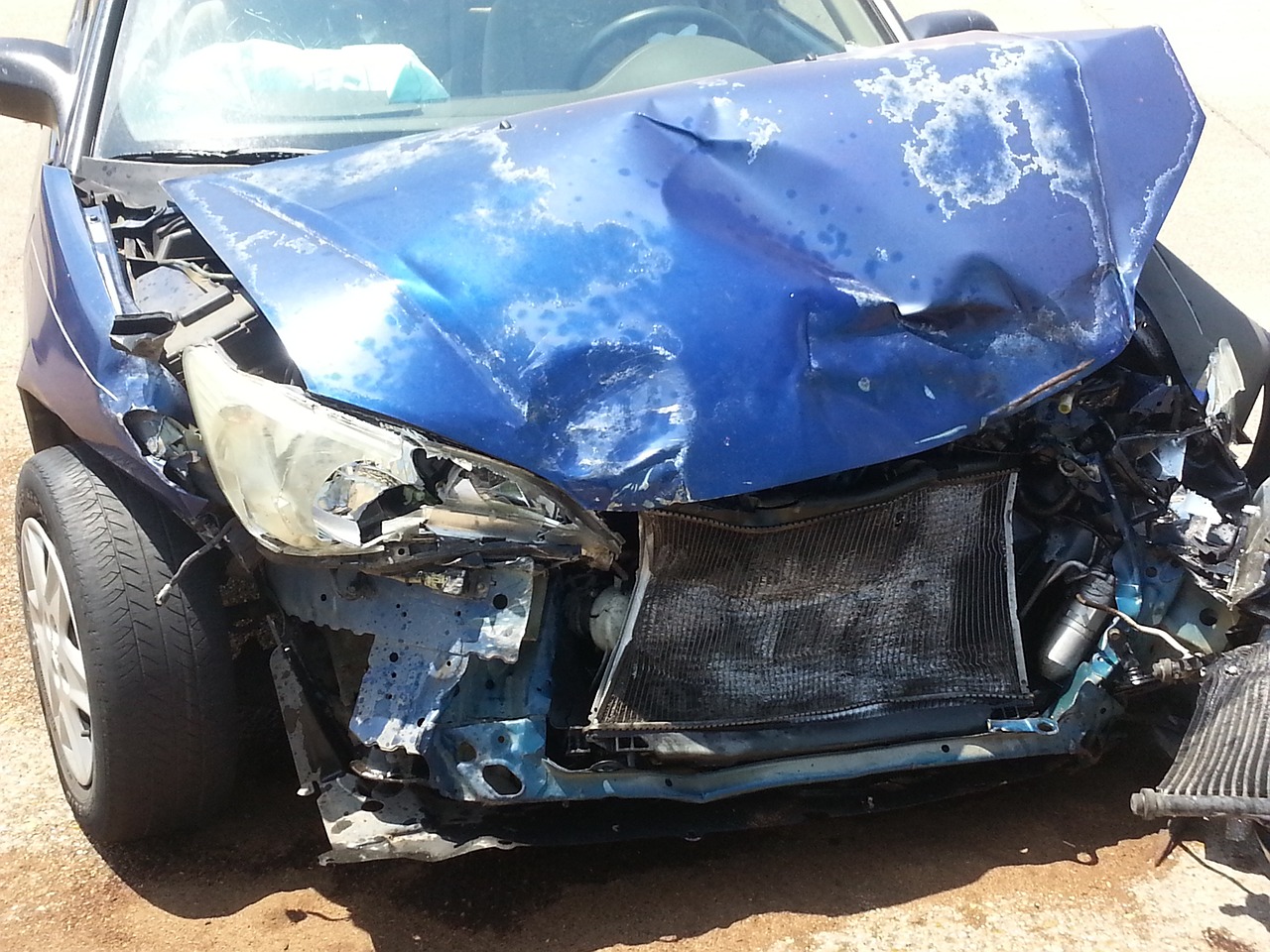Magnetic material signals car crashes
Interview with
Every year, thousands of people are killed or maimed in car crashes. And while  devices like airbags are helping to save lives, they are intrinsically slow-acting, and limited in their actions. But scientists at the University of California Los Angeles are working on a new magnetic material, called Galfenol, that can signal an impact up to a thousand times faster, as John Domann explained to Rosalind Davies...
devices like airbags are helping to save lives, they are intrinsically slow-acting, and limited in their actions. But scientists at the University of California Los Angeles are working on a new magnetic material, called Galfenol, that can signal an impact up to a thousand times faster, as John Domann explained to Rosalind Davies...
John - If you picture you have a nice long cylinder with a north pole at one side and a south pole at the other side, we can start with a really strong magnet. We hit it with a force and it makes it weaker. What's really interesting and useful about this is that we can wrap a few wires around that and if we have a change in magnetisation, we can actually generate an electric current in that wire. And so, we can get some useful electrical energy out of this. We all probably did that experiment when we're little where you wrap a bunch of wires around a nail and you hook it up to a 9-volt battery and you magnetise the nail. You can pick up some paper clips with it or something. We're actually doing the exact opposite. So, we're starting with a magnet and if all of a sudden, you turn that magnet off, you would generate an electric current back into that battery.
Rosalind - And I'm guessing you're not using nails. What material are you using and what makes it so special?
John - So, the material that we're using is called galfenol. It's what's known as a highly magneto-elastic material. And so, that means if we apply a force to it, it can cause very large changes in the magnetisation. And so, for this process we've been describing, that's really ideal and very useful for us. It also has some really good mechanical properties. we could actually build some load bearing structures out of this. We could say, hit it with relatively large forces, and it remains completely intact. It really doesn't sustain that much damage. And so, that's really kind of a novel property in this realm of magneto elastic materials.
Rosalind - What do you think that you could use these materials for?
John - There are a few different spaces you could look at as a use for these for these materials. One of the novel ideas I think we're playing around with is to make these into sort of a wireless impact detector. We have a material where, when a force comes through it, it will change the state of magnetisation. What's really nice is that's kind of the basic premise of how an antenna works. If we had say, a bunch of this galfenol spread in say, the bumper or the side panels of a car, if you were impacted, it's going to change the direction of magnetisation. As such, it will radiate an electromagnetic wave, something that we could pick up. That wave travels at the speed of light whereas the impact is going to travel in your vehicle at the speed of sound. That's three orders of magnitude slower. And so, that means that really, that electromagnetic signal can get to you or get to a computer in your car before the impact really even has a chance of reaching the passengers. Nice, fast-acting computer could start to take some sort of action to protect the passengers and really help limit the damage that occurs in these types of impacts.
- Previous Four gut bugs prevent asthma
- Next How to outrun a cheetah?










Comments
Add a comment